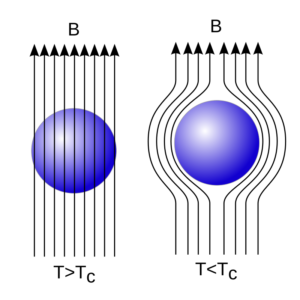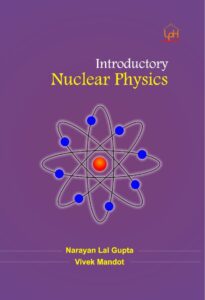Q factor of a resonator
- It is a measure of losses and frequency selectivity of a resonator.
Q = ωr × (Energy stored in a cavity resonator / Average energy loss)
- Here ωr is angular resonance frequency of a resonator.
- The stored energy (Ustored) in a resonator is obtained by integrating energy density over the volume of the resonator.
- The energy loss (Ulost) is obtained by integrating the energy density over the surface of resonator.
- Here RS = surface resistance of resonator wall.
- Since Q = ωr × (Energy stored in a cavity resonator / Average energy loss)
- Since the peak value of the magnetic field intensity is related to its tangential and normal component and it is given by
H2 = |Ht|2 + |Hn|2
- At the resonator wall
|Ht|2 ≈ 2 |H|2 average over the volume
- Therefore the Q factor for a cavity resonator
or Q = (ωrμ × volume) / (2 Rs × surface area)
- For a rectangular cavity resonator

- The energy loss is calculated for each of xy, yz, zx plane and is added.

- For a cubical resonator a = b = c
- To know in detail about Q factor of a resonator cavity click here
Our other websites
Our YouTube channels



I read this article completely on the topic of the comparison of newest and preceding technologies, it’s remarkable
article. http://boyarka-inform.com/